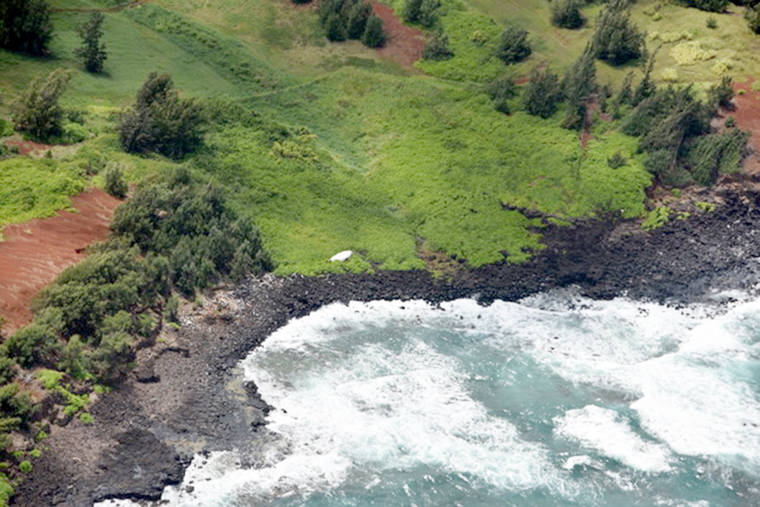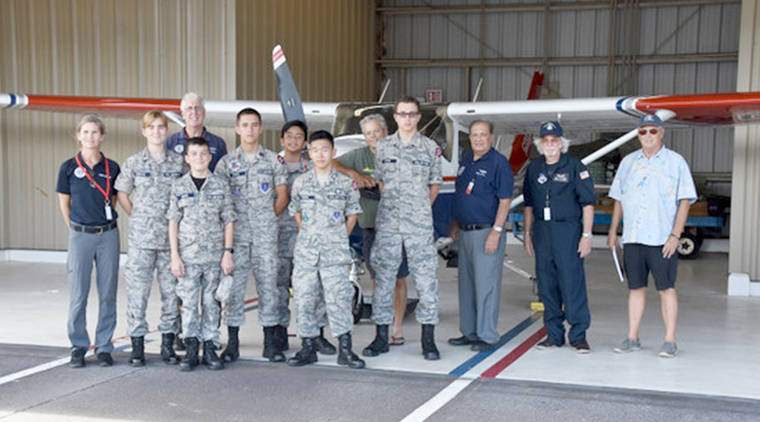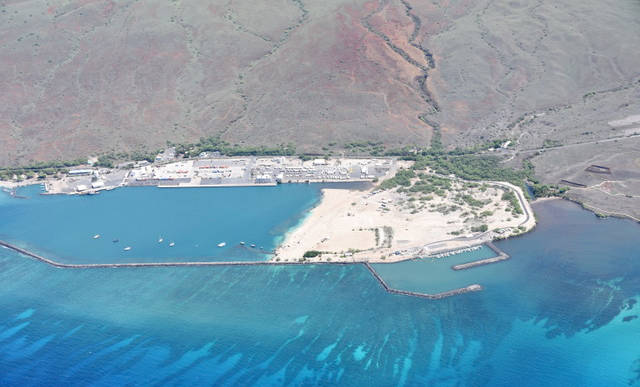LIHUE — With Col. Roger Caires serving as the incident commander from Kauai Composite Squadron headquarters, Hawaii Wing Civil Air Patrol conducted a statewide emergency services exercise Saturday to train aerial photographers and mission base staff, test its communications systems, and challenge its members in recovering activated emergency location beacons.
With customers such as Federal Emergency Management Agency, Hawaii’s county emergency management agencies, National Geographic and the military relying on Civil Air Patrol as a source for real-time or near-real-time photography in a variety of situations, the Hawaii CAP wing takes seriously the training of its volunteers as professionals.
Dedicated civilians invest hundreds of hours to develop emergency services skills that help save lives and property through augmentation of the tsunami-alert system, pre- and post-incident aerial photography, and ground-team surveillance of affected areas, Victorino said.
A post-tsunami scenario was employed for the weekend’s exercise. Five aerial photographers honed their skills, with air crew members out of Hilo obtaining high-quality imagery of Kawaihae Harbor, and Lihue air crew members targeting a solar-panel field, a simulated aircraft crash, and a boat wreck.
While aerial photographers in CAP must be at least 18 years of age, cadets with the appropriate qualifications may serve on ground teams and as staff at the mission base.
For this exercise, eight cadets from Kauai Composite Squadron trained and served as mission radio operators, mission staff assistants, and photo processors. Video teleconferencing augmented traditional means of communication to reach across the islands and coordinate with other squadrons participating in the exercise.
Capt. Joseph Quentin, the commander of Kauai Composite Squadron and the planning section chief for the weekend’s exercise, praised the efforts of CAP volunteers in an email to wing members Monday morning.
“This was an exercise photo mission, and we train how we live,” he wrote. “Our quick response to these events helps our friends, family and neighbors.”
Civil Air Patrol, the longtime, all-volunteer U.S. Air Force auxiliary, is the newest member of the Air Force’s Total Force. In this role, CAP operates a fleet of 560 aircraft, performs about 90 percent of continental U.S. inland search-and-rescue missions as tasked by the Air Force Rescue Coordination Center, and is credited by the AFRCC with saving an average of 80 lives annually.
CAP’s 65,000 members also perform homeland-security, disaster-relief and drug-interdiction missions at the request of federal, state and local agencies. In addition, CAP plays a leading role in aerospace/STEM (science, technology, engineering and mathematics) education, and its members serve as mentors to over 27,000 young people participating in CAP’s cadet programs.
Info: www.GoCivilAirPatrol.com or www.CAP.news




